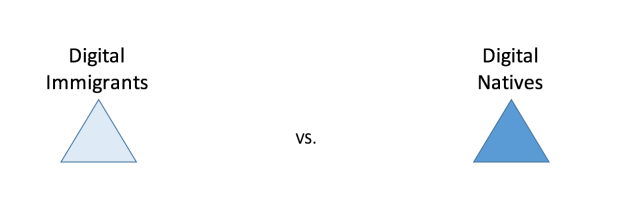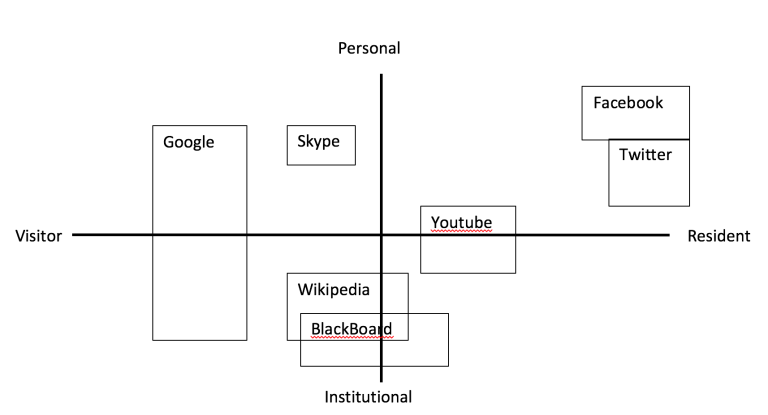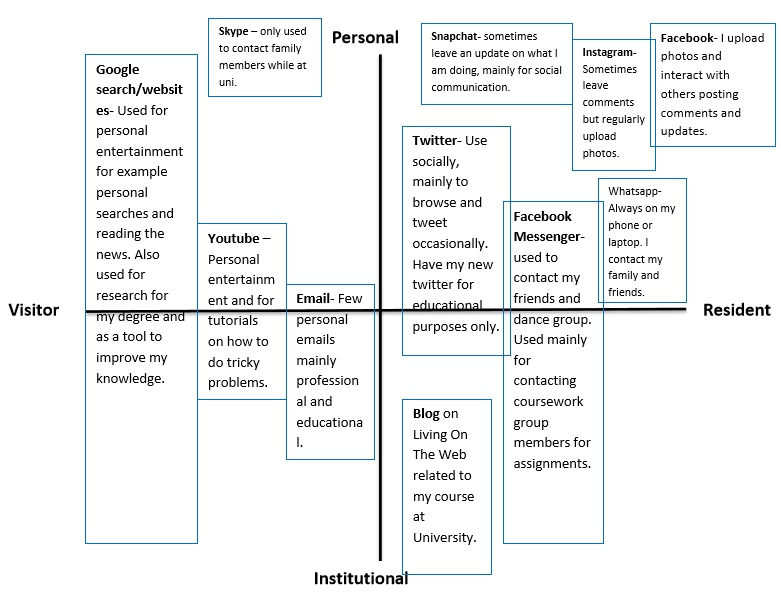
Topic 1: Visitors and Residents
Digital ‘Visitors’ and ‘Residents’ is a theory proposed by Prensky (2001) that defined users on the web. Prensky suggested that ‘Visitors’ were simply using the internet for specific tasks, whereas ‘Residents’ were predominantly younger web users who used several different online platforms such as social media websites to create an online presence.
Continue reading →


















